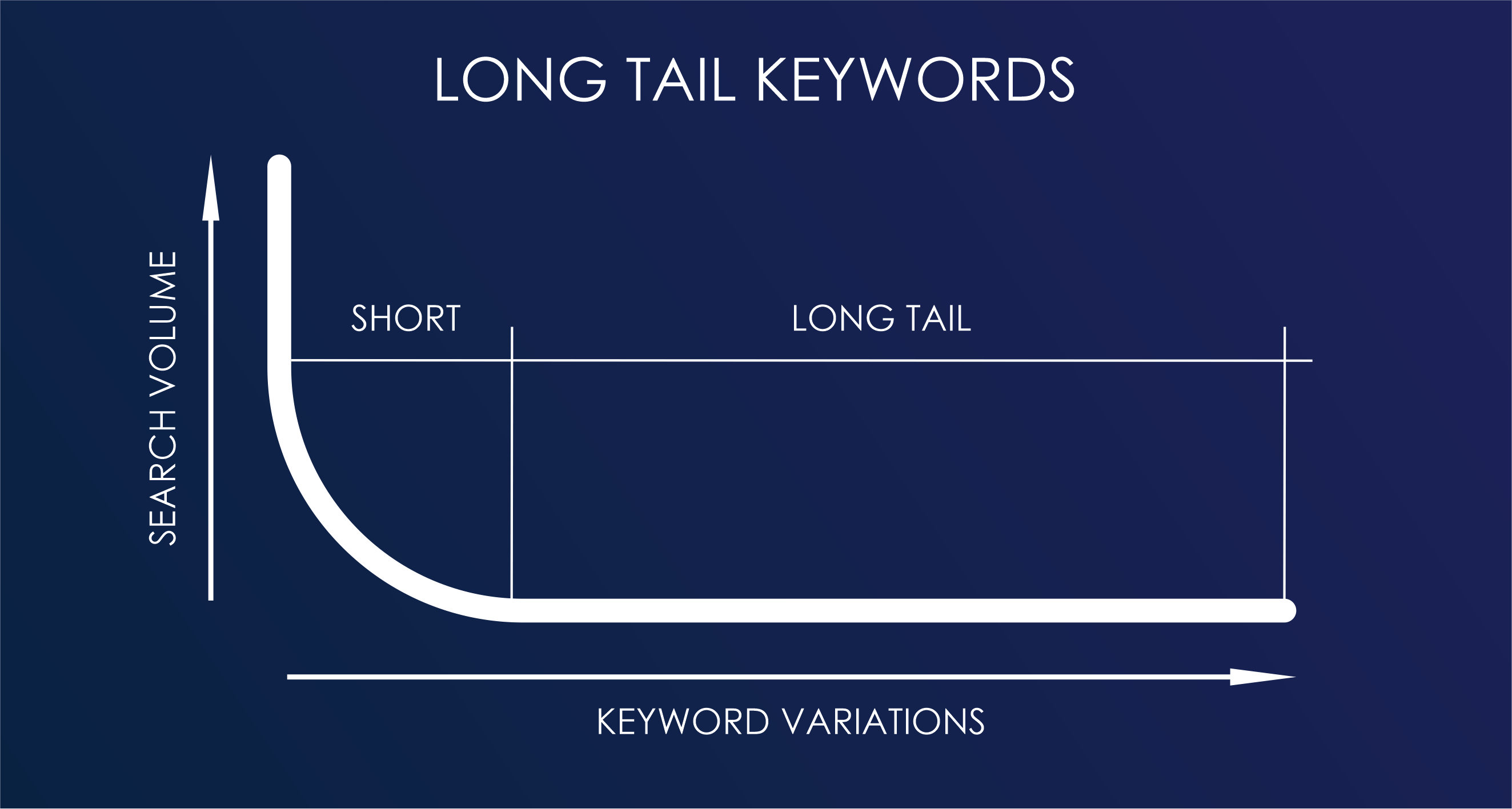
Let's set the murder scene.
Content marketing had a good run.
It climbed from scrappy blog posts to multi-channel dominance, propped up by armies of freelancers and SEO strategists.
Then AI showed up like a Hitchcock villain with a smile and a knife.
Suddenly, the rules changed.
Content didn’t just get disrupted—it got dumped in the river wearing cement shoes.
Here’s the body count.

Remember when $100 blog posts were considered bargain-bin content?
Those were the glory days.
Now AI will crank out 1,000 words in less time than it takes you to make a bad cup of office coffee.
The result?
Entry-level and mid-tier freelance writers are being pushed out of the market faster than you can say “per-word rate.”
It's only one of the reasons we continue to see former inexpensive writers reaching out through our various sites peddling their content writing services.
Unfortunately, the glory days of remote-writer positions is dead.
On the technical side, large language models (ChatGPT, Claude, Gemini, LLaMA, take your pick) can spit out entire content calendars overnight.
For businesses, that means cheap, instant, infinitely scalable copy.
For human writers, it means the floor just dropped out.
Only market research specialists, storytellers, or industry insiders with unique insights are surviving this purge.
The content mills that used to churn out 500-word keyword soup just met a chef that never sleeps.
And guess what? AI is infinitely faster, cheaper (errr...free), and just as bland.
AI can mass-produce “10 Best CRM Tools” or “Top 7 Ways to Lose Weight with Intermittent Fasting” at industrial scale.
The affiliate sites (a.k.a. content farms) that once thrived on churning out formulaic fluff now face stiff competition from a machine that doesn’t demand benefits or bathroom breaks.
Add insult to injury: Google’s Helpful Content Updates and AI-detection algorithms are sniffing out generic sludge faster than ever.
The strategy of “more is more” died with AI’s arrival.
Now it’s about authority, originality, and actual experience.
AI didn’t just kill your content strategy—it stole your keyword list and set it on fire.
Long-tail keywords used to be a clever way for scrappy businesses to outrank the giants.
But AI models are trained on long-tail queries.

They know the obscure, weird, conversational phrases people search and how to answer them in an expanded way.
And instead of sending traffic to your carefully optimized blog post, AI often just answers the query directly.
Zero-click search is the new sheriff in town.
That means you can’t rely on ranking for “best ergonomic mouse under $30 in 2025.” AI already has an answer—and it’s not citing you.
When everyone uses the same AI, everyone sounds… exactly the same.
How many times have you read a blog post that starts with, “In today’s fast-paced digital world…”? That’s AI homogenization in action. It flattens tone, style, and originality into one beige voice.
For brands, that’s a death sentence.
Voice and differentiation used to be competitive advantages.
Now they’re diluted unless someone with a pulse (and an opinion) steps in to edit.
Real differentiation today comes from proprietary insights, creative storytelling, or just having the guts to be bold.
Why pay for steak when you can get free spam?
The explosion of free, AI-generated content has gutted the perceived value of content itself.
White papers, blog posts, and even eBooks feel cheaper because the supply has ballooned to infinity.
When everyone can produce an instant article, no one wants to pay for one.
The economics are brutal: supply floods, demand sags, prices collapse.
What is the only content with real market value now?
Things AI can’t easily fake—original research, expert interviews, proprietary data, or high-production multimedia.
Everything else is in a proverbial race to the bottom.
Okay, so the crime scene looks bad.
But not all content is toe-tagged.
Some is still alive and kicking—if you know where to look.
Content isn’t dead. But if you’re publishing beige AI sludge, it’s already in the morgue.
Let’s tally it up:
AI didn’t just disrupt content—it left the chalk outline for everyone to see.
The survivors?
They’re the ones who stopped treating AI like a ghostwriter and started treating it like an amplifier.
Because in the end, AI didn’t kill all content.
It just killed the lazy stuff.
Ready to scale your digital marketing with AI?
Get in touch with us today to start the conversation.